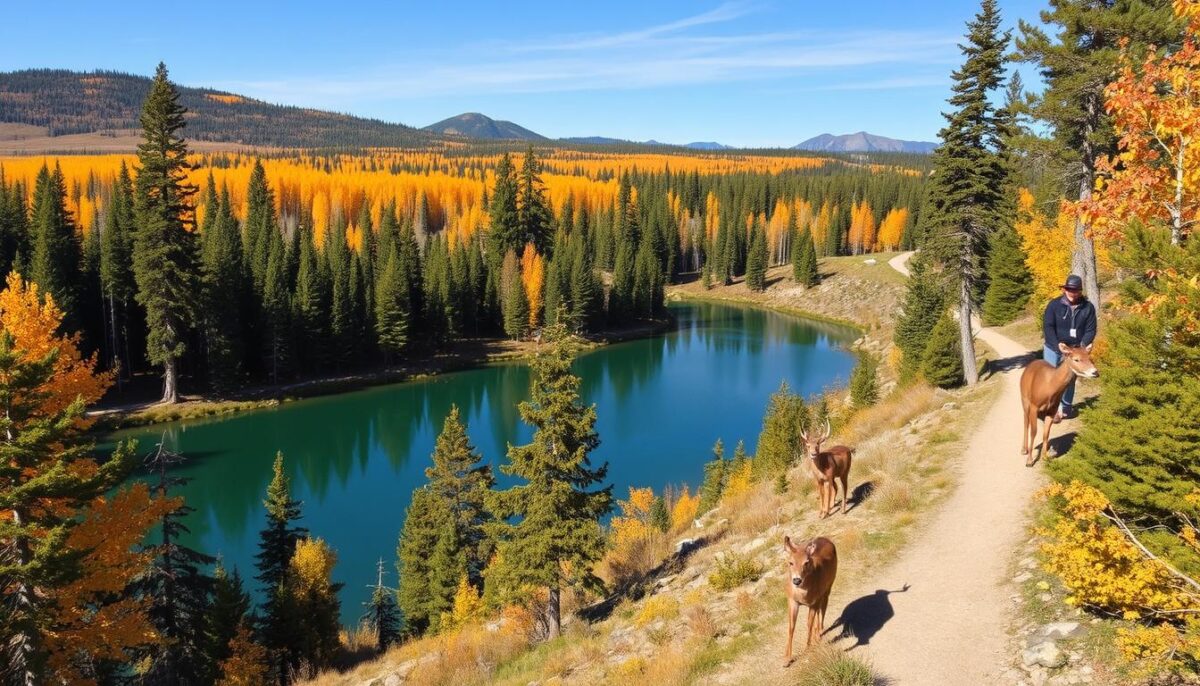
Vancouver’s culinary scene is a reflection of its diverse culture and stunning surroundings. As a local, I’ve had the privilege of experiencing its food scene firsthand. Whether you’re a foodie or simply curious about what Vancouver has to offer, there are many ways to dive deep into its culinary culture. In fact, cultures are shaped by cuisine, and Vancouver’s multiculturalism is evident in its wide array of flavors and dining experiences. Here’s how you can experience Vancouver’s culinary scene like a local.
Start Your Day the Local Way: Vancouver’s Culinary Scene and Café Culture
For many Vancouverites, the day begins with a cup of locally roasted coffee. Vancouver’s café culture is strong, with cozy spots serving up everything from pour-over coffee to trendy matcha lattes. I often start my mornings at Revolver Coffee in Gastown, where the baristas serve some of the best brews in the city. Another local favorite is Bump ‘n Grind on the Eastside, where the atmosphere is casual and welcoming.
- Try a flat white or a classic espresso.
- Many cafés offer light breakfast options like avocado toast or fresh pastries.
- Local coffee beans are sourced from Vancouver’s roasters, so the flavors are always fresh.
Explore Vancouver’s Food Markets for Authentic Ingredients
Vancouver’s food markets are a must-visit if you want to experience the local flavor. Granville Island Public Market is my go-to for everything from fresh seafood to locally grown fruits. The market is a hub for Vancouver’s culinary scene, where farmers, bakers, and artisans come together to showcase their goods. If you’re on the hunt for fresh produce, Riley Park Farmers Market is another hidden gem. Visiting these markets allows you to discover new adventures, from tasting seasonal delights to meeting local producers and artisans.
- Pick up locally grown vegetables and fruits.
- Don’t miss out on the fresh seafood – I recommend trying some Pacific salmon.
- Grab a unique homemade treat or local cheese to take home.
Sushi in Vancouver: A Taste of the Pacific Northwest
One of the things I love most about Vancouver’s culinary scene is the abundance of fresh seafood, especially sushi. With the Pacific Ocean right at our doorstep, the city boasts some of the best sushi restaurants in the world. Sushi Bar Maumi in Kitsilano offers a refined dining experience with an emphasis on seasonal ingredients. Blue Water Café in Yaletown is another favorite, offering an extensive menu that highlights sustainable seafood.
- Try sushi with seasonal fish like wild sockeye salmon or fresh Dungeness crab.
- Don’t overlook Vancouver’s unique sashimi and nigiri varieties.
- Many sushi spots also offer omakase, where the chef chooses your dishes for you.
From Food Trucks to Fine Dining: A Local’s Guide to Vancouver’s Dining Options
Vancouver offers the best of both worlds when it comes to dining. Whether you’re in the mood for food truck eats or an elegant fine-dining experience, the city has it all. I love grabbing lunch from La Taqueria for their Baja-style tacos or visiting the Dressed in Time Truck for a gourmet sandwich. But when I want something more upscale, Hawksworth Restaurant delivers a refined atmosphere paired with inventive, modern dishes.
Vancouver’s food trucks offer international street food, including tacos, bánh mì, and poutine. For fine dining, places like Tojo’s offer a luxury sushi experience. Also, many upscale spots focus on local, sustainable ingredients, like The Acorn, for plant-based dishes.
Moving to Vancouver: A Whole New World of Culinary Choices
After a few visits to Vancouver, I wanted to move here. Furthermore, moving here from Victoria opened up a new world of culinary possibilities for me. While Victoria has great seafood, Vancouver’s offerings are far more diverse. The city’s international flavors—from Asian fusion to the Mediterranean—make it a food lover’s paradise. Vancouver’s restaurants constantly evolve, making it exciting to discover something new each time I dine out.
I’ve explored so many unique eateries since my move, and every meal feels like an adventure. Additionally, Vancouver’s food scene is more dynamic and diverse than Victoria’s. Moving from a smaller city meant more variety in cuisine and cultural influences.
Pacific Northwest Flavours: A Local Love for Seafood
Living in Vancouver means having access to the freshest seafood imaginable. Vancouverites love their seafood, and it’s easy to see why. The city is surrounded by water, with both the Pacific Ocean and fresh-water lakes offering various seafood options. I can’t get enough of the oysters from The Fish Counter or the halibut at Blue Water Café. In Vancouver, seafood is much more than just a meal; it’s a connection to the land and sea.
- Try local oysters, especially from the region around Vancouver Island.
- Dungeness crab and Pacific salmon are iconic and must-try dishes.
- Many restaurants serve seafood dishes that highlight the natural flavors of the ocean.
International Influences: Vancouver’s Worldly Flavors
Vancouver’s diverse population brings a wealth of international flavors. In the heart of the city, you’ll find incredible dishes from all over the world. Personally, I love visiting Bao Bei for Chinese-inspired dishes or Vij’s for its modern take on Indian cuisine. The city’s love for global cuisine can be seen in almost every neighborhood, whether it’s Café Medina serving Mediterranean-inspired brunch or Barbecuer offering mouthwatering Korean BBQ.
- The city’s Asian communities heavily influence the culinary scene, from Chinese to Japanese to Thai.
- Vancouver is home to various Indian, Middle Eastern, and Mediterranean restaurants.
- Local food festivals, including must-visit Canadian festivals, often feature international dishes and street foods, giving visitors a taste of Vancouver’s global culinary influence.
Vancouver’s Sweet Side: Desserts You Can’t Miss
Vancouverites love their sweets. The city has a thriving dessert scene, and I’m always on the hunt for something new. Beta5 Chocolates is my top spot for artisanal chocolates and decadent pastries, while Thierry offers an array of French desserts perfect for a mid-afternoon treat. If you want something unique, try a bubble tea dessert or an Asian-inspired pastry.
- Don’t miss the unique Asian desserts like matcha cakes or black sesame ice cream.
- For something classic, try a slice of cake or a rich chocolate tart.
- Local chocolatiers like Chocolaterie de la Nouvelle France offer premium, handmade truffles.
Vancouver’s Culinary Scene Awaits You
Vancouver’s culinary scene is diverse, joyful, and ever-changing. Whether exploring food markets, indulging in sushi, or discovering local food trucks, there’s always something new to try. If you’re looking to experience Vancouver’s culinary scene like a local, the best way is to simply dive in—one dish at a time. From casual eats to fine dining, Vancouver offers a world of flavors waiting to be explored. So grab your fork and start your culinary adventure today!
About the author:
Alisa Smith is a food enthusiast, traveler, and writer working with Hendra Moving and Storage to provide interesting topics about relocating to new places and finding interesting, often tasty, ways to settle in. Alisa loves discovering new recipes and exploring the best food spots around town when not eating out.





